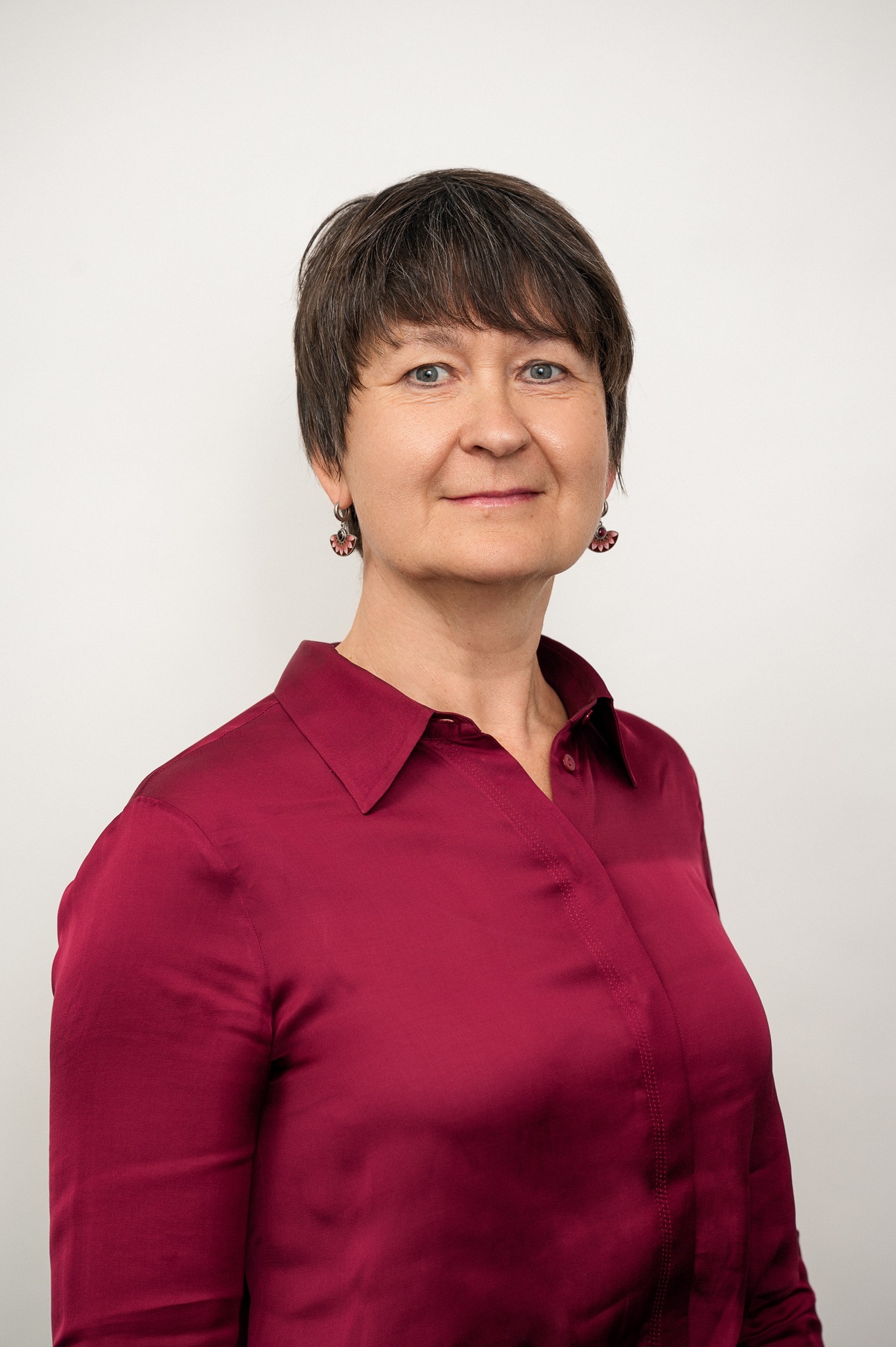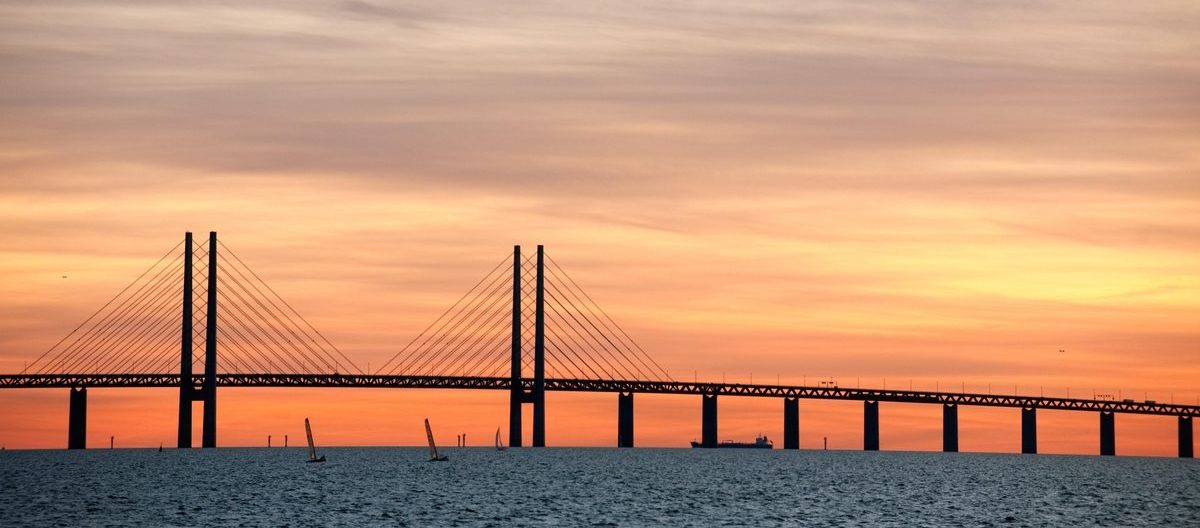„In the 21st century, migrant inflows increasingly pose challenges that policymakers cannot ignore. Available data show that in 2020, more than 140 million people residing in the Organisation for Economic Co-operation and Development (OECD) member countries were born outside their current country,” said Ave Lauren, an OECD migration policy analyst in Vilnius.
During the concluding conference of the „For-In” project focused on immigrant and refugee integration, spearheaded by the Nordic Council of Ministers Office in Lithuania, attendees were briefed on the latest OECD report titled „Settling In”. This report sheds light on current research trends regarding immigrant integration, highlights challenges, and provides a data-driven basis for recommendations tailored for policymakers and organizations operating within this domain.
The biggest refugee crisis in Europe since World War II
According to the expert, the total immigrant population in the OECD has seen a twenty-five percent increase over just the last decade. Today, migrants make up more than a tenth of the population in two-thirds of OECD countries. Luxembourg has the highest proportion of migrants at more than fifty percent, while Switzerland and New Zealand have particularly large migrant populations.
„If we take a broader view and include those with at least one foreign-born parent, then we see even larger shares. We think of countries like the United States and Canada as having been shaped by migration, but it must be acknowledged that many European countries have their deep-rooted own migration stories, which are shaping their societies,” noted A. Lauren at the “For-In” conference, explaining that around one in five people in the European Union (EU) were either foreign-born themselves or had at least one parent born abroad. Historical circumstances in some Baltic countries have led to even higher proportions: in Latvia and Estonia, for example, a third of the population have foreign roots.
A. Lauren stressed that while migration flows are currently at record highs, it is already evident that they will increase even further: „Last year saw unprecedented levels of immigration in OECD countries, with six million new permanent residents arriving in the region in 2022. This number does not even account for temporary arrivals, including 4.9 million displaced Ukrainians currently living in OECD countries. The Russian war has triggered the fastest and largest refugee crisis since the Second World War, and its effects are being felt far beyond Europe, with Germany, Poland, the Czech Republic, the US, the UK, and Canada hosting the largest numbers of Ukrainian refugees.”
The impact also extends to the Baltic countries, where the Ukrainian refugee population is comparatively significant in relation to the overall population size, surpassing that of most other countries. We are facing a protracted displacement crisis, and it is already clear that these newcomers will shape the migration and integration landscape for the next decade across the OECD,” said the migration policy expert, who has been following the management of this humanitarian crisis since the early days of the war in Ukraine.
Evidence shows that over the past decade, the overall integration situation of migrants has been improving, with progress in their integration into the labour market and better educational outcomes for their children. „Although the indicators are positive, immigrants who arrive with higher education qualifications are still undervalued. Europeans tend to think that immigrants are less educated than they really are, or that their children’s educational performance is lower. These are just some examples of the disparities between our perceptions and the reality,” she said, adding that integration rates tend to improve the longer immigrants stay in a country. It is still worrying, she said, that a sense of discrimination among migrants has increased and that many integration initiatives fail to reach certain immigrant groups, including women and humanitarian migrants.







